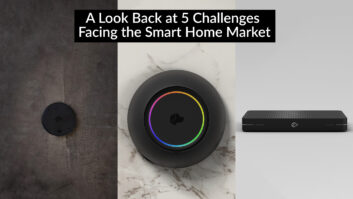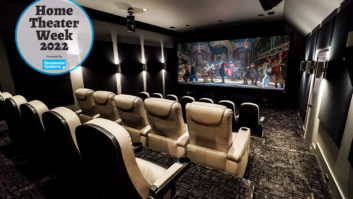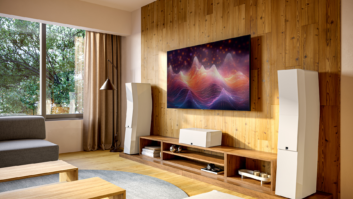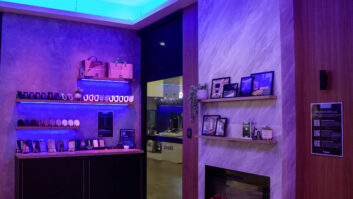I got a glimpse into my country’s once-strong manufacturing past last month while visiting Harman’s Elkhart, Indiana, factory, and I have to say that it was a refreshing sight.

It did not happen overnight, but the United States has evolved from a once-dominant manufacturing economy to one that is mostly servicebased and perhaps more vulnerable than it used to be. The refrain, “We don’t make anything in our country anymore,” is often spoken in the media and by politicians running for office, to either inspire change or excuse failure.
We in the CEDIA channel represent a small part of the service-based economy, so when times are good we’re right there in the mix. When times get tough and people get tight with their cash, however, they try to do more for themselves for less money and that leaves the service sector, and our channel, in the lurch.
On the other side of our business, are the companies that supply hardware and software and play a role in the manufacturing sector, whether overseas or here in the U.S. I am always impressed, and a little amazed, when I learn about a company that has found a way to keep manufacturing jobs in their home country, rather than seeking out a more competitive labor market elsewhere.
In Elkhart, Harman manufactures Crown amplifiers for its pro audio-centric Professional Group, but recently integrated in its newly named High Performance Audio Video division (formerly the Harman Specialty Group), which includes the Mark Levinson, Lexicon, Revel, and JBL Synthesis brands. That arrangement, explains HPAV market manager Jim Garrett in my interview with him on p. 14, provides the company’s high-end consumer audio lines with access to technical resources that can “advance the state-of-the-art” in the CEDIA channel. “We can bring in mature core technologies from the pro side that will be very beneficial to integrators,” Garrett said.
The cool thing is that Harman’s engineers can design these innovative concepts, whether for pro audio amplifiers or high-end consumer AV receivers, and then can run a prototype on an assembly line in the next room. Sure computer modeling is amazing, but this hands-on capability gives the company a way to get a head start on tooling and an early look at reliability and mechanical issues. Oh, and it also employs several hundred people locally.
Although the U.S. has naturally evolved from manufacturing to service, that does not mean we’re all well suited for those types of jobs. There are still people in this country who are better at “making stuff” than designing things or creating spreadsheets. I commend Harman and a handful of other companies in our industry that are able to contribute, in a small way, these “home grown” manufacturing jobs in the U.S.







